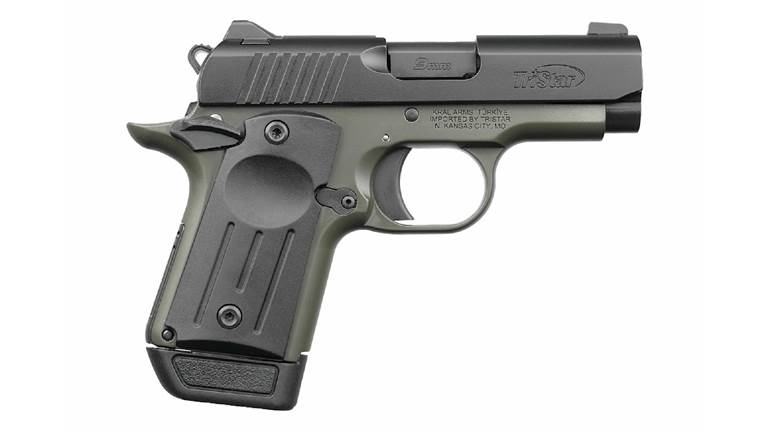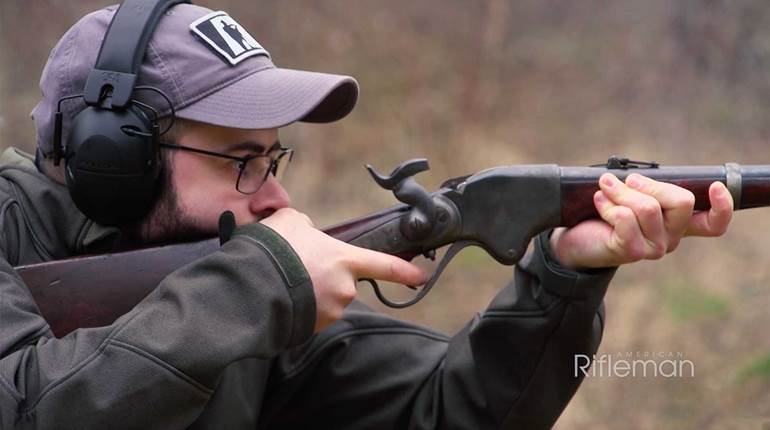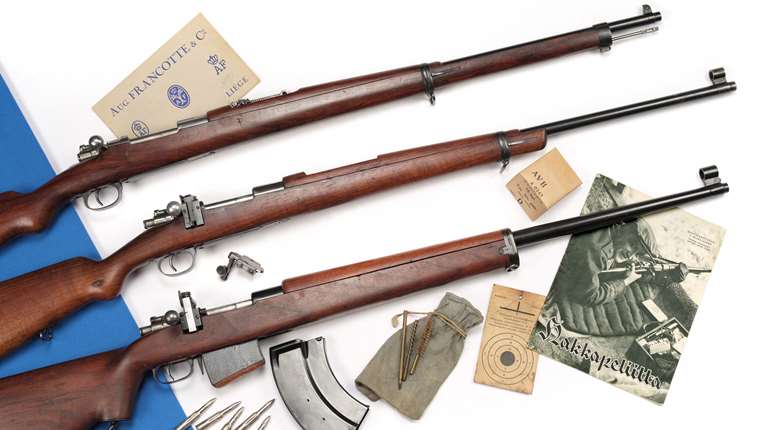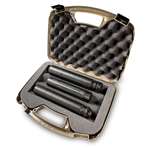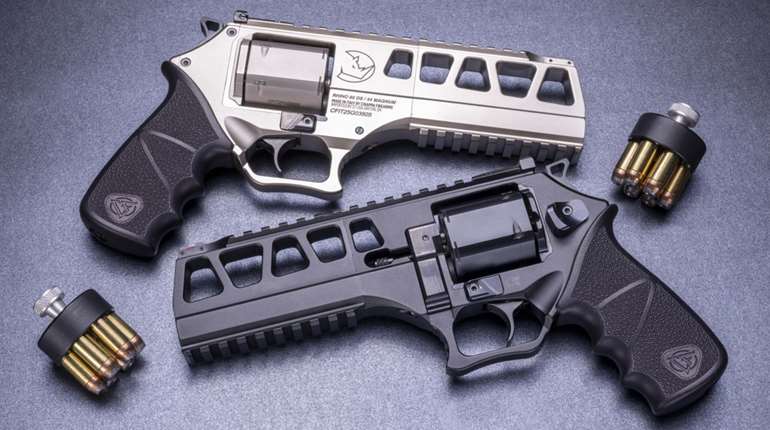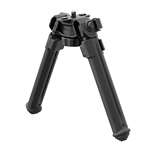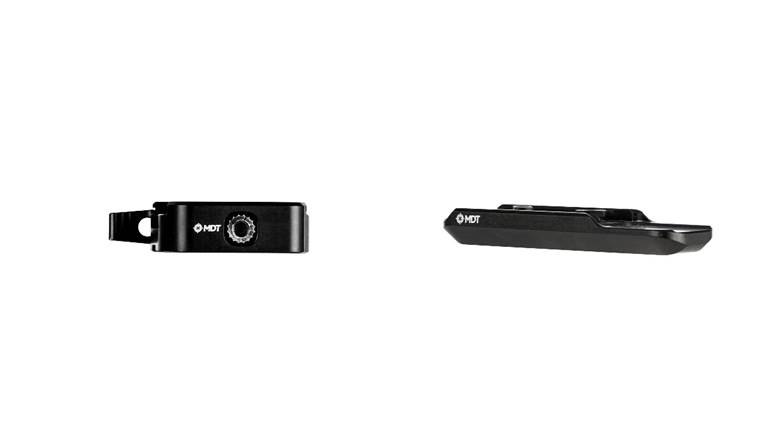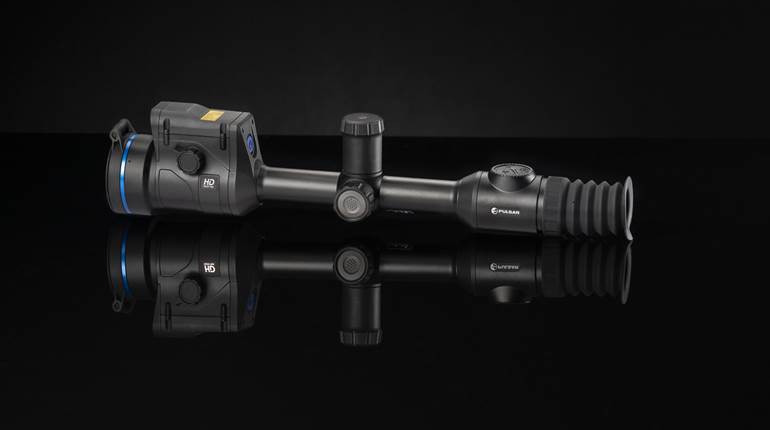Just before the outbreak of World War II, the Polish military sought a new sidearm. Ultimately, the country would produce its own pistol at the FB Radom plant, and while only a small number of guns were made before the German invasion in 1939, the Vis 35 Radom is considered to be one of the best handguns from the pre-World War II era. Watch our "American Rifleman Television" I Have This Old Gun segment above to see the Radom on the range.
" In the 1930s, Poland is looking for a new military sidearm. And initially, the Polish military contracted with the Czechs, with CZ, specifically, to produce the vz.24 on a contract basis," American Rifleman Executive Editor Evan Brune said. "Two designers at FB Radom, Piotr Wilniewczyc and Jan Skrzypinski, were men that were aware that the Polish government was planning to outsource production of its military sidearm to CZ. They were going to adopt the vz.24, and they both thought that this was a bad idea. They felt that Poland should have its own military handgun design."

A quick design process resulted in a pistol that shared many similarities with the U.S. Model of 1911 pistol, notably the shape and profile of the slide, as well as the general shape and profile of the frame, too. However, there were several notable differences.
"They added a couple of twists of their own. Like it had basically no safety, but it had a hammer drop, it had controls for both hold open and for takedown, 9 millimeter Parabellum. Superb piece," American Rifleman Field Editor Garry James said. "You have to remember, you know, Poland for centuries was a non-country, and then all of a sudden after World War I, they said, "Here you go. Go for it." So they decided to come up with their own firearms industry. They developed a, you know, firearms plant at Radom. They made longarms and then came up with this wonderful, wonderful pistol."

Before the German invasion of Poland in September 1939, FB Radom was able to produce about 50,000 handguns. The Wehrmacht took over the Radom factory in 1939 and resumed production of Vis 35 pistols for its own use. As World War II dragged on, quality control and manufacturing expediences resulted in a steady decline from the highly polished, well-built guns from the late 1930s. By war's end, Vis 35s were roughly finished and lacked several components found on early pre-war pistols. Following World War II, Poland fell under the control of the Soviet Union, which ended Vis 35 production for decades.
" After the fall of the Soviet Union in the 1990s, Poland regains its ability to control what its domestic military factory produces, and it decides that it's gonna start producing Vis 35s again," Brune said. "And so, in the early 1990s, you have some limited runs, and then by 1997, they've really started reintroducing it. And by 2017, they are regularly producing Vis 35s for the commercial market. And so the Vis 35 is one of those pre-war handgun designs that really has seen some incredible longevity."
To watch complete segments of past episodes of American Rifleman TV, go to americanrifleman.org/videos/artv. For all-new episodes of ARTV, tune in Wednesday nights to Outdoor Channel 8:30 p.m. and 11:30 p.m. EST.
